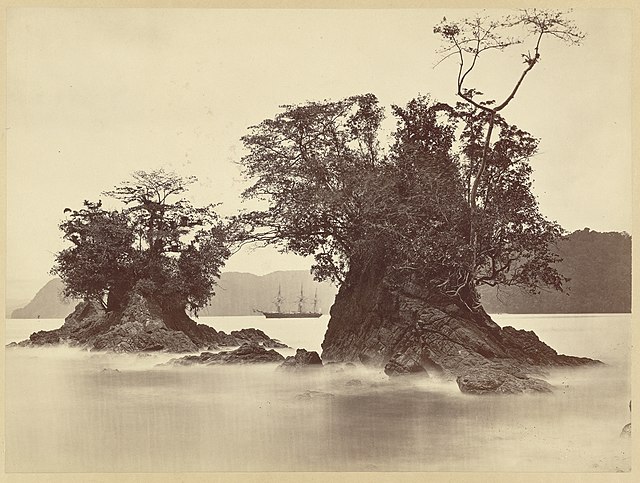Albumen print
Photographic process From Wikipedia, the free encyclopedia
Remove ads
Photographic process From Wikipedia, the free encyclopedia
The albumen print, also called albumen silver print, is a method of producing a photographic print using egg whites. Published in January 1847[1] by Louis Désiré Blanquart-Evrard, it was the first commercial process of producing a photo on a paper base from a negative,[2] previous methods - such as the daguerreotype and the tintype - having been printed on metal. It became the dominant form of photographic positives from 1855 to the start of the 20th century, with a peak in the 1860–90 period. During the mid-19th century, the carte de visite became one of the more popular uses of the albumen method. In the 19th century, E. & H. T. Anthony & Company were the largest makers and distributors of albumen photographic prints and paper in the United States.[3]



Because the image emerges as a direct result of exposure to light, without the aid of a developing solution, an albumen print may be said to be a printed rather than a developed photograph.
The table salt (sodium chloride) in the albumen emulsion forms silver chloride when in contact with silver nitrate. Silver chloride is unstable when exposed to light, which makes it decompose into silver and chlorine. The silver ion (Ag+) is reduced to silver (Ag) by addition of an electron during the development/printing process, and the remaining silver chloride is washed out during fixing. The black parts of the image are formed by metallic silver (Ag).
Seamless Wikipedia browsing. On steroids.
Every time you click a link to Wikipedia, Wiktionary or Wikiquote in your browser's search results, it will show the modern Wikiwand interface.
Wikiwand extension is a five stars, simple, with minimum permission required to keep your browsing private, safe and transparent.